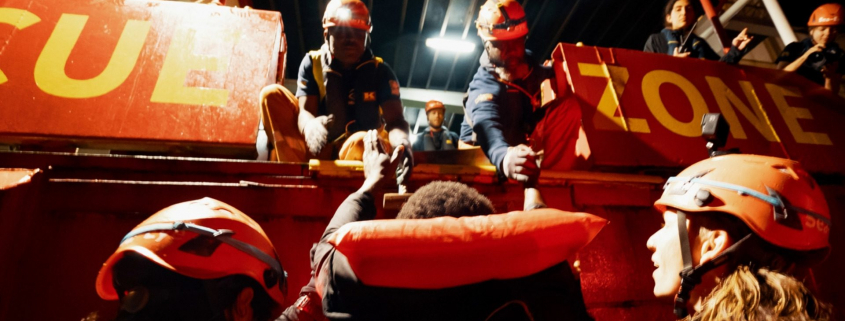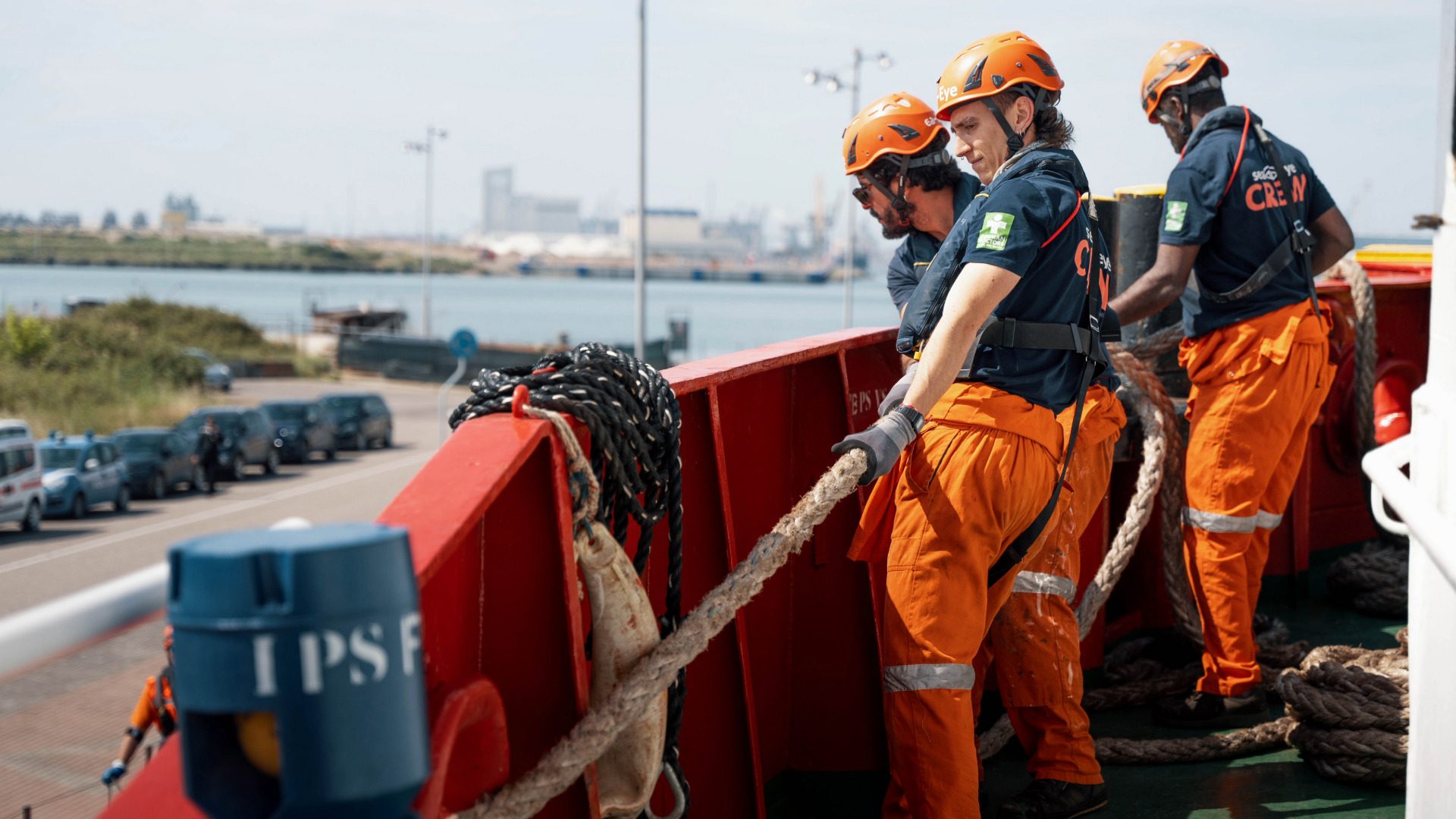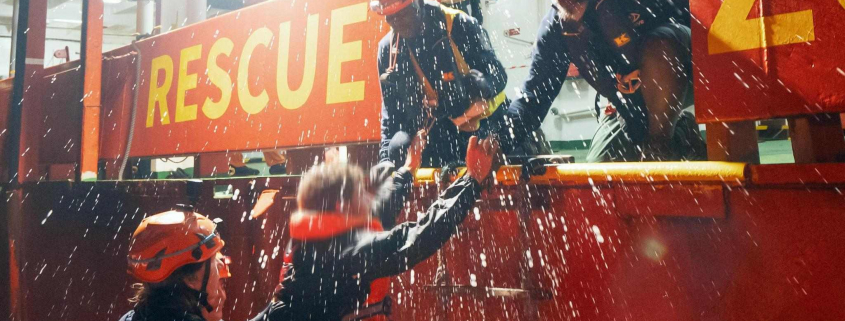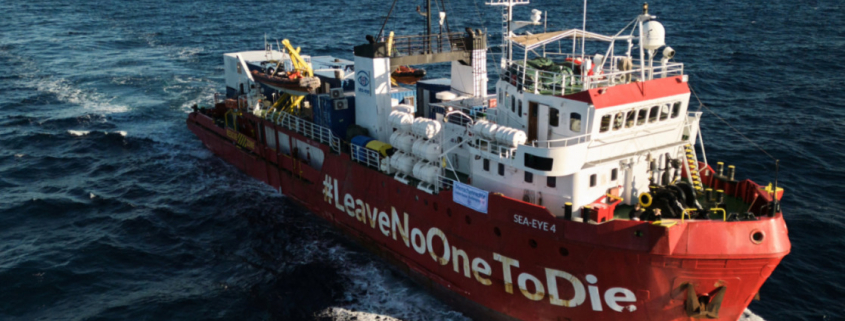After the rescue, the Italian authorities ordered the vessel to the port of Genoa, more than 600 nautical miles away
On the night of May 29th 2024, the Alarm-Phone-Initiative informed the authorities and the rescue ship SEA-EYE 4 of a maritime emergency in the Maltese search and rescue zone. At around 2am, the crew of SEA-EYE 4 reached the rubber boat in distress and evacuated the 51 people on board.
“Immediately after arriving on the ship, most of the rescued people were very exhausted, hypothermic and suffering from seasickness. Now their condition has improved significantly and all those rescued are at least physically stable and in relatively good condition”, says Dr. Daniela Klein, on-board doctor on the SEA-EYE 4 for German Doctors e.V.
Julie Schweickert, Head of Mission on board the SEA-EYE 4, emphasises: “We found an overcrowded rubber boat that was being tossed back and forth by the waves. The rescue went without any incidents and we are now on our way to Genoa in north-west Italy with the 51 survivors. We expect to arrive there on Sunday – that’s almost four days that we spend sailing to a distant port. Although there are enough ports of safety in the south of Italy, able to receive people on the move and provide the right services to them, we have to leave the search and rescue zone and cannot respond to further emergencies.”
The Italian authorities repeatedly assign harbors with long journey times to civilian sea rescue vessels. After the SEA-EYE 4 last rescued 52 people from distress at sea on May 20th, the ship had to head for Ravenna in the Emilia-Romagna region. The port was around 900 nautical miles away from the scene of the operation.



 Guillaume Duez
Guillaume Duez 